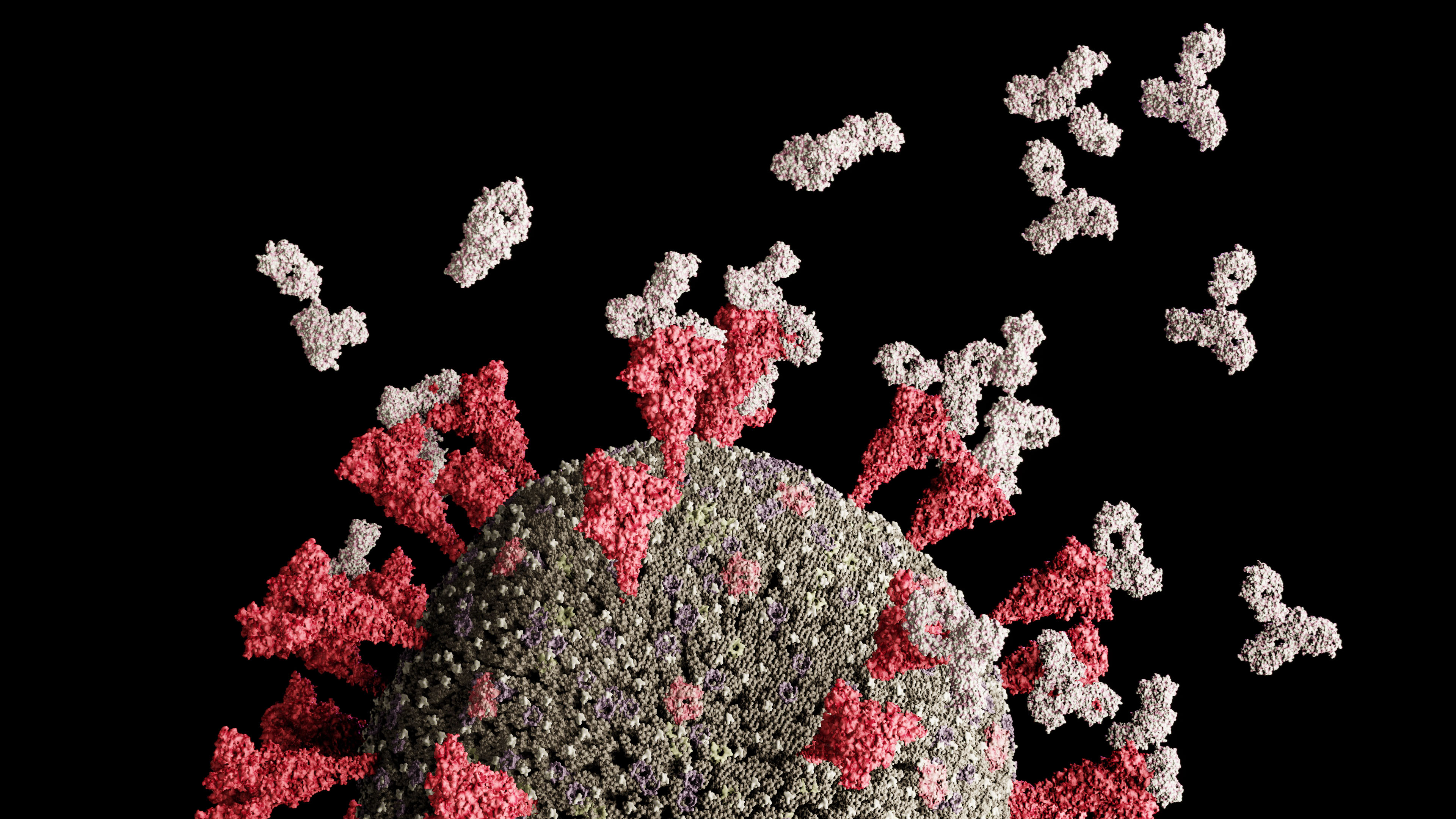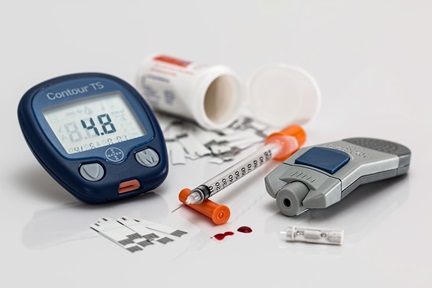Uncovering the mechanism of COVID-19 infection
Understanding COVID-19 infection at the cellular level to develop new treatments.

Millions of people around the world have been infected with COVID-19 since the disease was first detected in 2019, making it one of the most infectious respiratory diseases in human history.
A study led by Assoc Prof Richard Sugrue of NTU’s School of Biological Sciences, in collaboration with Assoc Prof Tan Boon Huan of NTU’s Lee Kong Chian School of Medicine and Singapore’s DSO National Laboratories’ Biological Defence Programme, has made inroads into understanding the cellular mechanism of COVID-19 infection and transmission.
Located on the surface of the virus, the spike protein of SARS-CoV-2 – the virus that causes COVID-19 – plays an essential role in initiating viral entry into a host cell. A region of this spike protein, called the receptor-binding domain, is crucial for the virus to enter and infect cells.
The researchers found that antibodies from recovered COVID-19 patients bound to the receptor-binding domain and prevented the virus from entering and infecting cells.
Using these antibodies to track the location of the receptor-binding domain in infected cells, the scientists discovered that the virus was able to use structures on the surface of cells to spread from one cell to another.
The scientists were able to block the transmission of SARS-CoV-2 by inhibiting an enzyme produced by cells called furin, which interacts with the spike protein and allows the virus to enter the cell.
“While COVID-19 is a mild infection for most, vulnerable individuals, such as those with compromised immune systems and the elderly, are at risk of developing severe complications,” says Assoc Prof Sugrue.
“With the emergence of new virus variants such as Omicron, this improved understanding of COVID-19 at the cellular level may offer new antiviral strategies to treat the infection, such as those that target the receptor binding domain and enzymes important for virus transmission.”
The study “The cellular characterisation of SARS-CoV-2 spike protein in virus-infected cells using the receptor binding domain binding specific human monoclonal antibodies” was reported in Journal of Virology (2022), DOI: 10.1128/jvi.00455-22.
The article appeared first in NTU's research & innovation magazine Pushing Frontiers (issue #21, December 2022).


.tmb-listing.jpg?Culture=en&sfvrsn=a0428bd8_1)



-with-those-from-other-fungi.tmb-listing.jpg?Culture=en&sfvrsn=3025740f_1)
